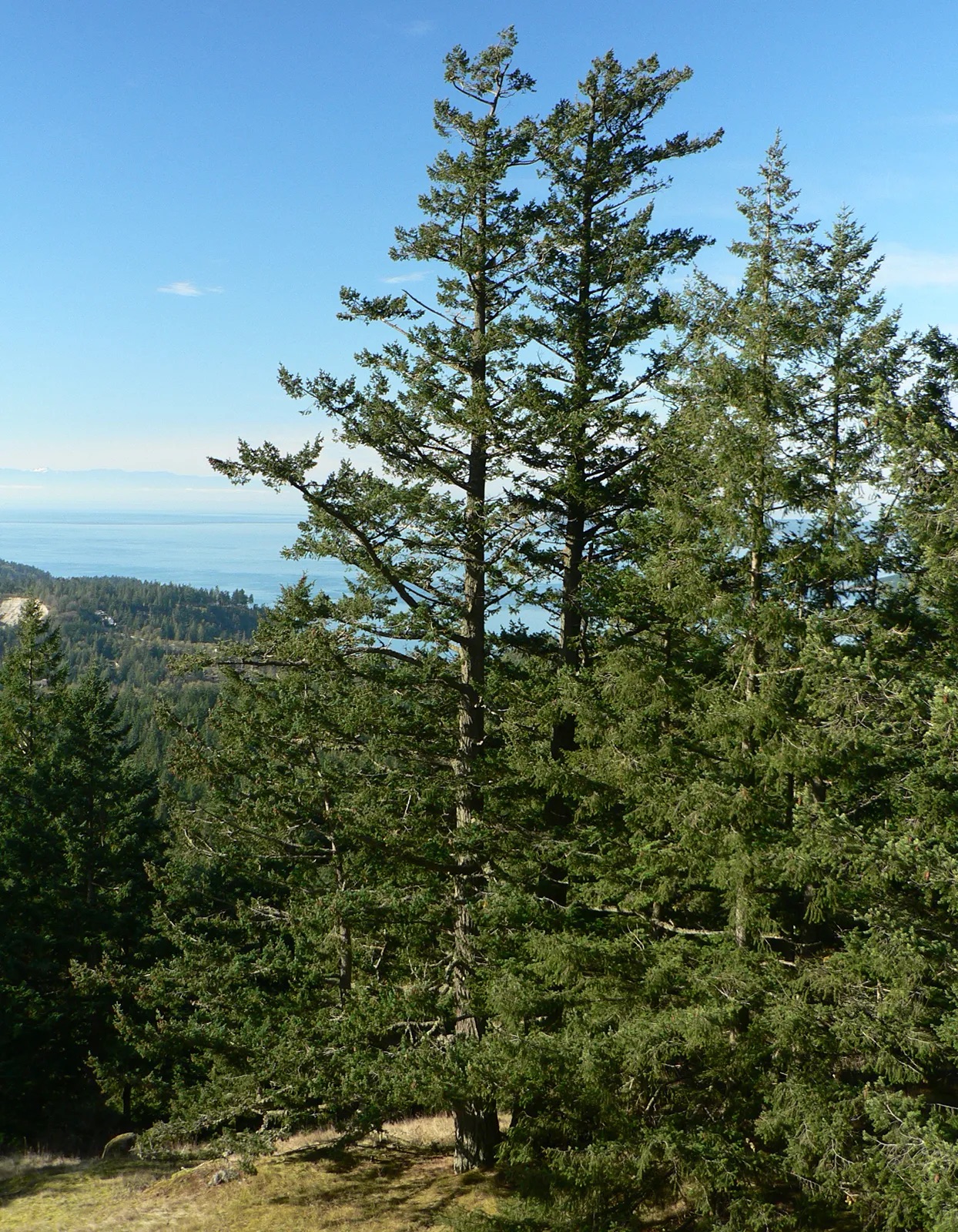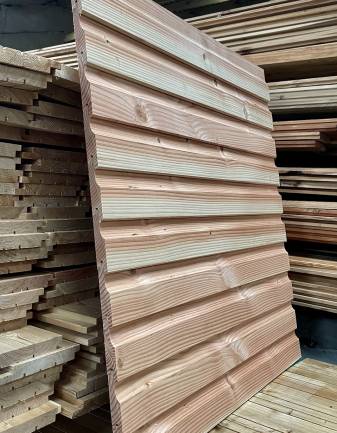Overview
Douglas Fir, scientifically known as Pseudotsuga menziesii, is a majestic evergreen conifer that holds a prominent place in the forests of North America. It is revered for its outstanding characteristics, making it a highly sought-after tree species for a variety of applications, from construction to woodworking and landscaping. This specification page provides an in-depth look into the key attributes of Douglas Fir, its uses, and important considerations.
Appearance
- Bark: The bark of Douglas Fir trees is typically thick, ridged, and dark brown, often with a reddish tinge. As the tree matures, the bark becomes more deeply furrowed.
- Needles: Douglas Fir needles are flat, flexible, and about 1-1.5 inches long. They radiate from the branch in all directions, giving the tree a distinctive, feathery appearance.
- Cones: Cones are cylindrical, 2-4 inches long, and feature three-pointed bracts extending from each scale. They mature from green to brown as they age.
Size and Growth
- Height: Douglas Firs can reach impressive heights, with some individuals exceeding 300 feet (90 meters) in the wild.
- Diameter: Mature trees typically have diameters ranging from 2 to 4 feet (0.6 to 1.2 meters).
Uses
Lumber and Construction:
- Douglas Fir is renowned for its exceptional strength and durability, making it a preferred choice for construction materials, including framing, flooring, and beams.
- Its straight, uniform grain and resistance to decay contribute to its popularity in structural applications.
Woodworking:
- Woodworkers value Douglas Fir for its ease of working and its ability to hold finishes and stains effectively.
- It is commonly used in cabinetry, millwork, and fine woodworking projects.
Landscaping:
- Douglas Fir trees are often planted in landscapes for their striking appearance, with their tall, pyramidal shape and dark green foliage.
- They make excellent windbreaks and provide shelter for wildlife.
Conclusion
Douglas Fir, with its impressive size, strength, and versatile applications, is a valuable resource and a symbol of the North American wilderness. Whether you’re considering using it in construction, woodworking, or landscaping, this species offers numerous benefits while reminding us of the natural beauty of the forests it inhabits. Ensure that you source Douglas Fir responsibly to protect both this iconic tree and the ecosystems it calls home.

